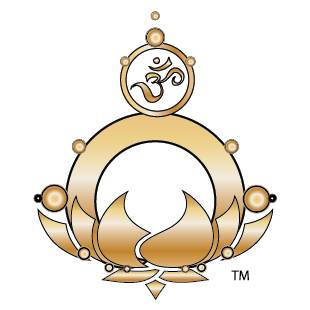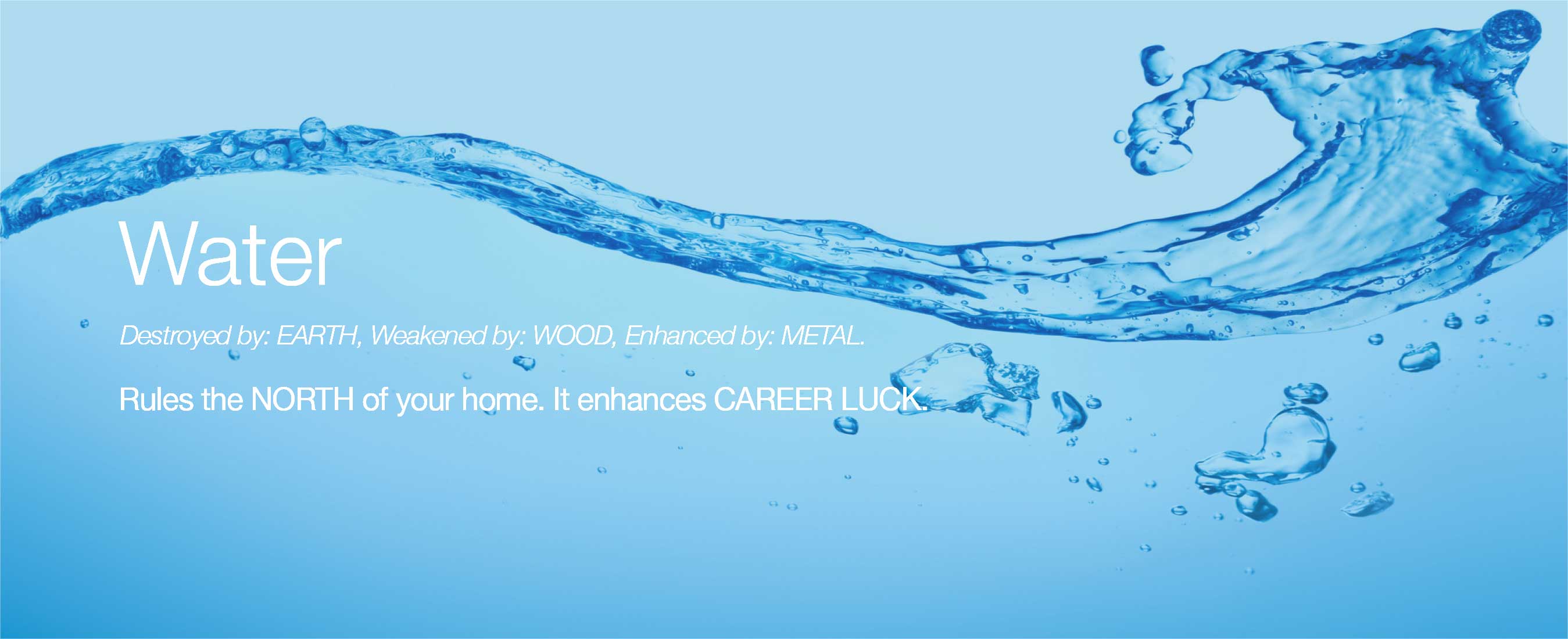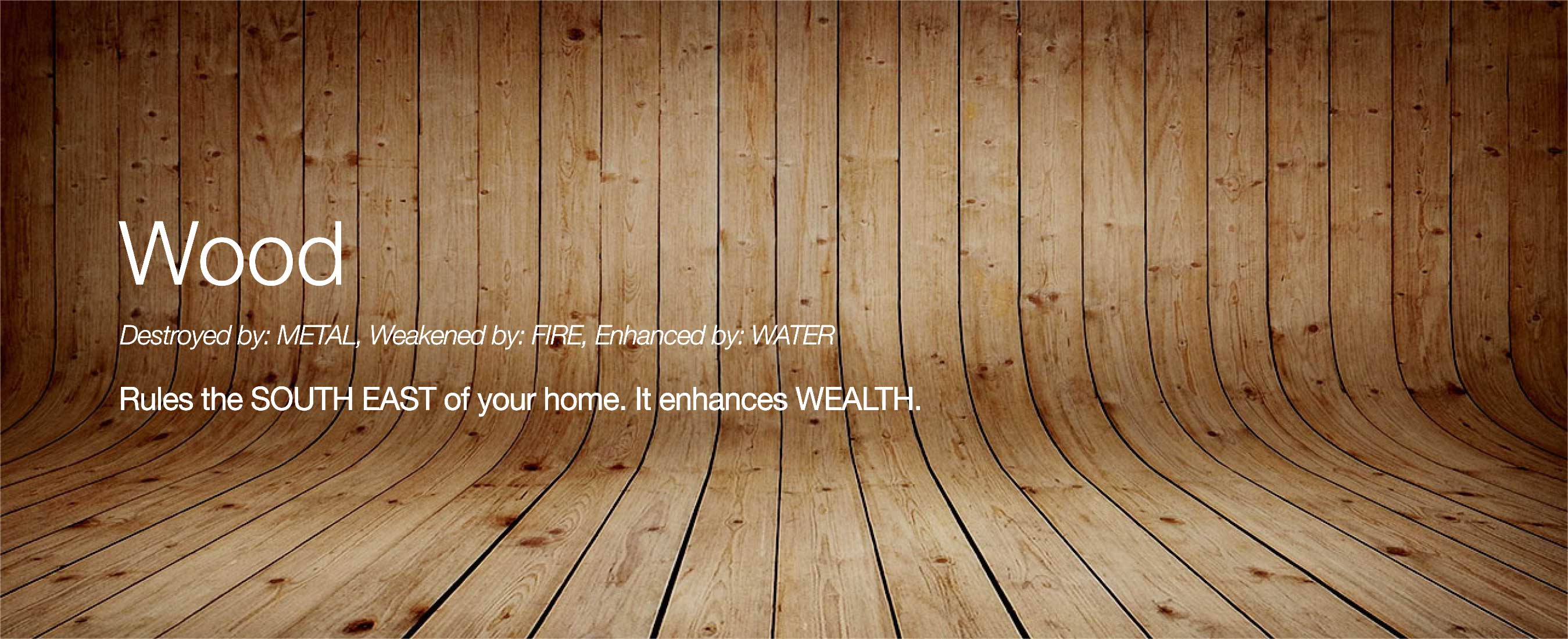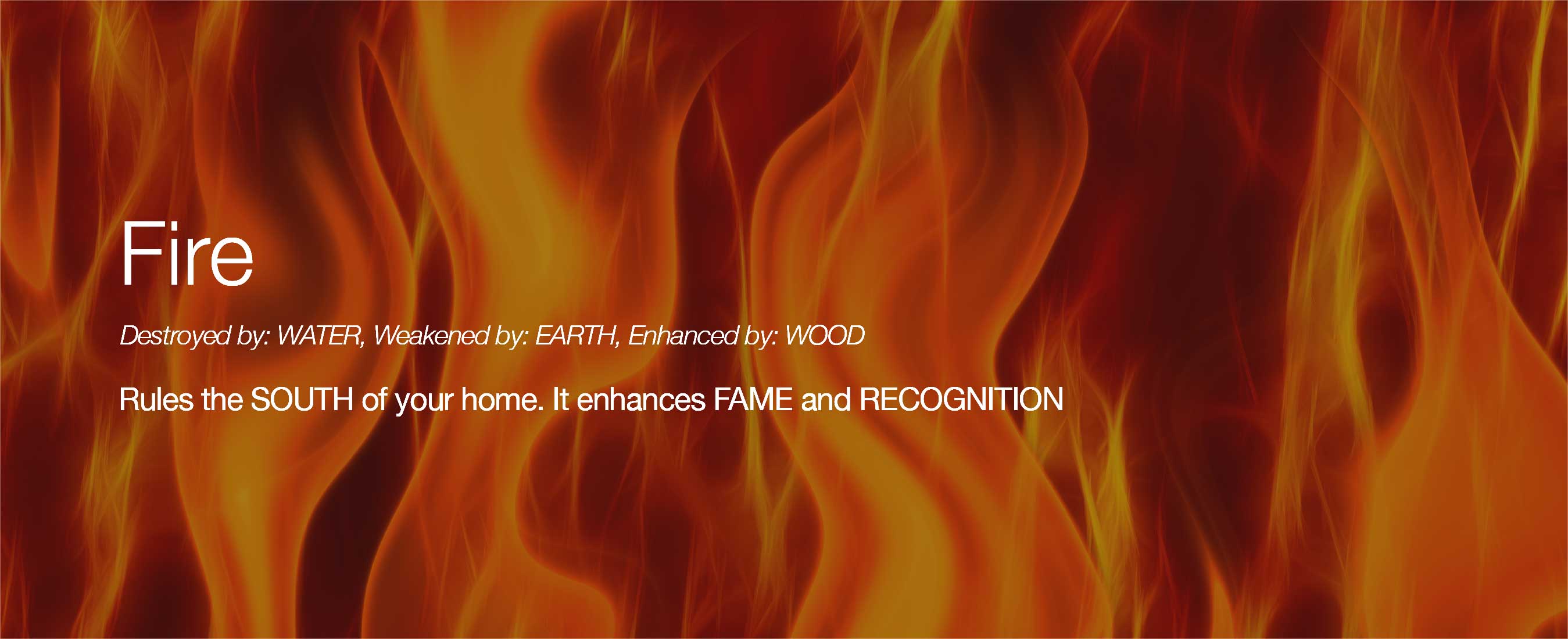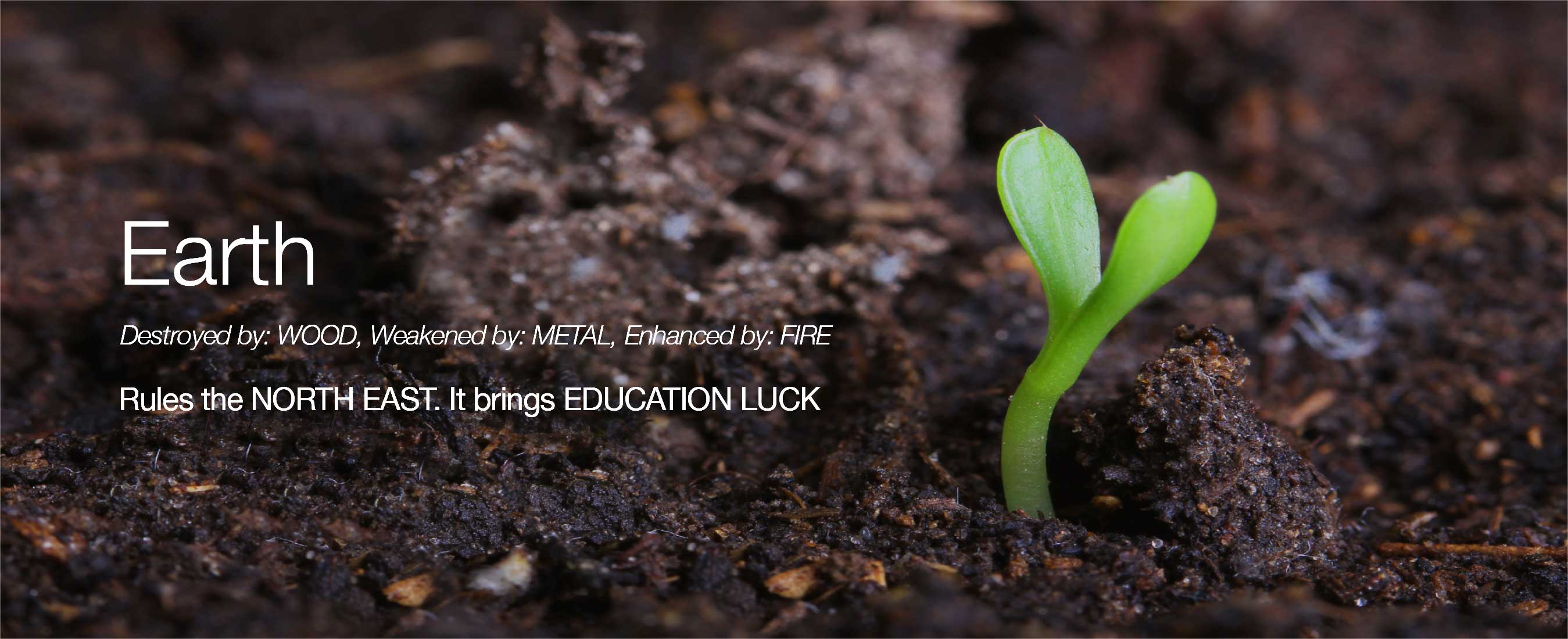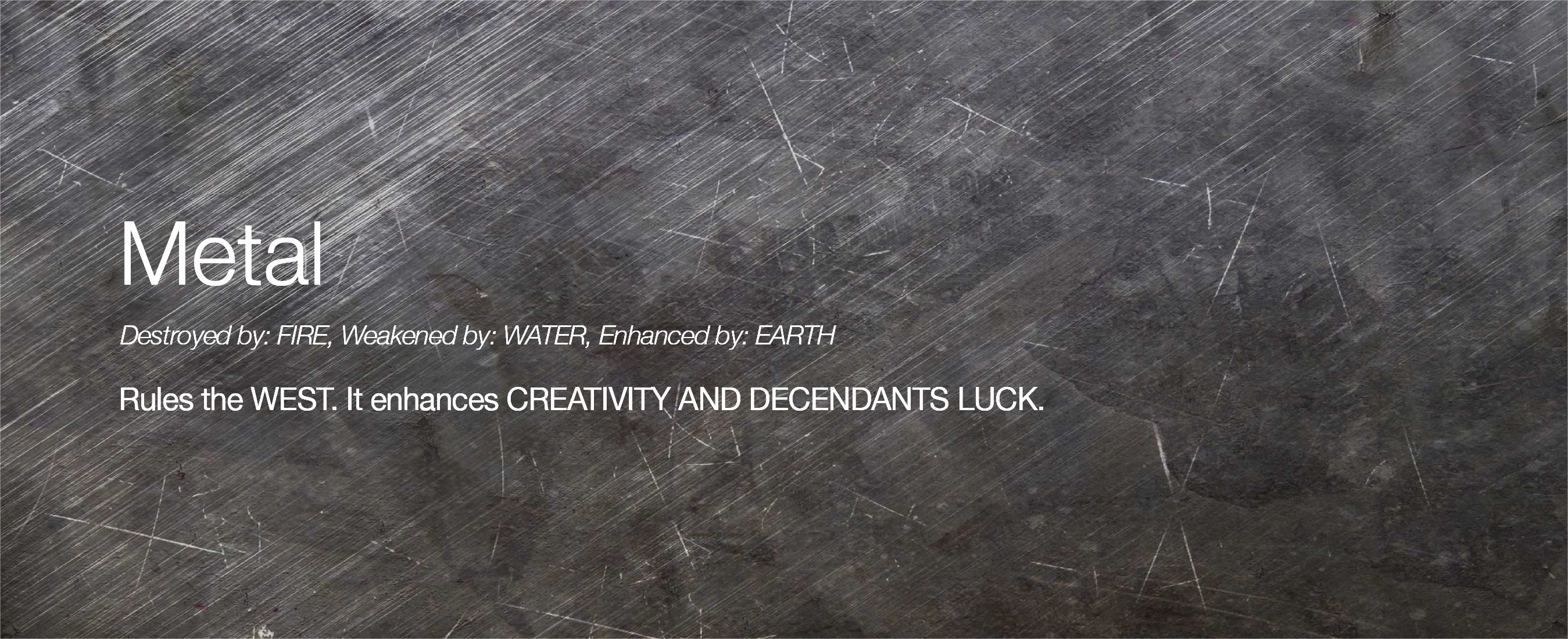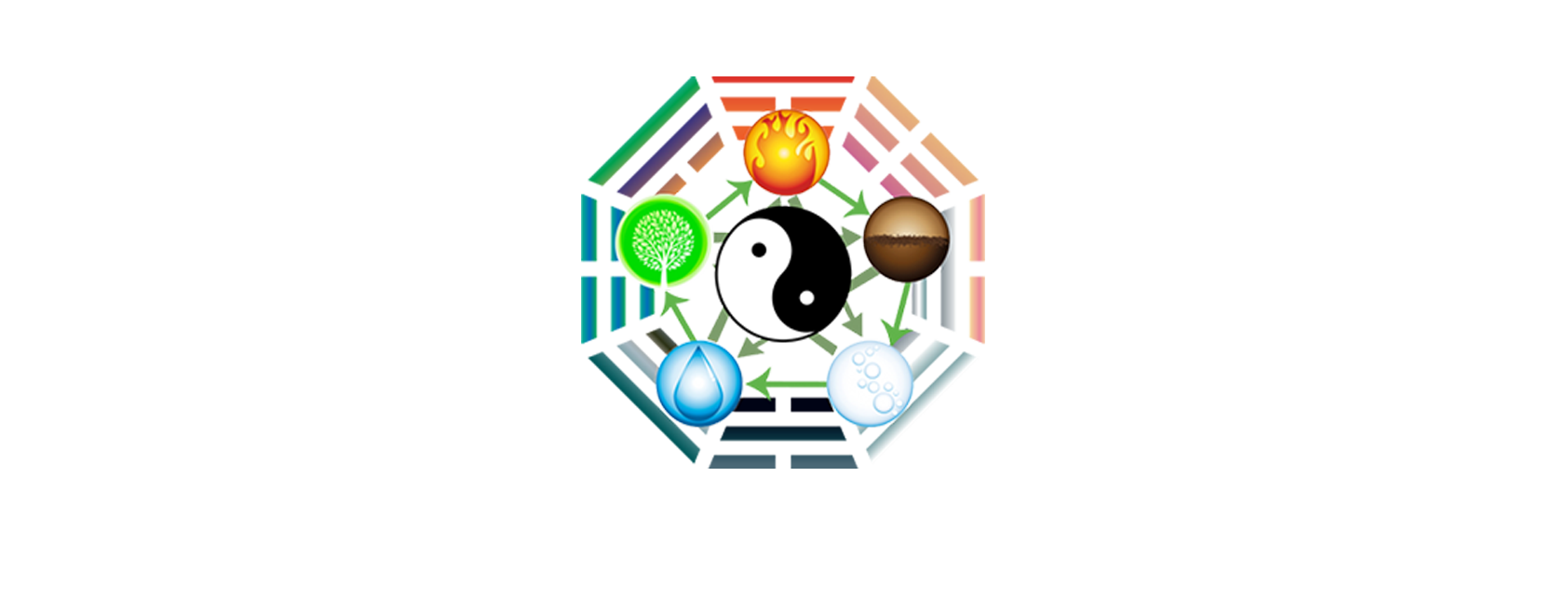
Feng Shui: Traditional or Western?
The balance of energy flow; Chi; Wind and Water, Yin and Yang…
Traditional, or ‘Authentic’ (‘Classical’) Feng Shui is based on deep-rooted practices, passed down through the generations from Master to apprentice for thousands of years.
A number of techniques have been added to Feng Shui over the course of many centuries, and today we’re finding many new Feng Shui spin-offs. These schools are targeting our Western culture because they don’t require any specific understandings of the layers of teachings involved in Traditional Feng Shui.
Many years ago when I first became interested in Feng Shui I certainly had no idea that reference books would provide so much conflicting information. My first introductions to Feng Shui were, unbeknownst to me at the time, Western. A lot of these teachings were familiar to me because it complemented my experience as a professional graphic designer: the design principles and color psychology were in sync with what I already knew and understood. Being the curious person I am, I continued my Feng Shui research because now I was interested in becoming a practitioner of this fascinating subject.
Recent years introduced me to Traditional methods, and my Feng Shui education and research continued under this method. A lot of people new to Feng Shui become confused by the differing information out there in the market. Unfortunately, and without realizing it, many people are mixing the two methods and ultimately end up with no results at all, or worse – bad results. Linda Binns is a well-known Western teacher and practitioner, and she believes you must choose between the two Feng Shui approaches. I completely agree! You just can’t mix the two because each Feng Shui method is approached from a different perspective. Traditional Feng Shui is definitely a science: it involves environmental influences such as space, time, and changing magnetism as the key method to analyzing environmental energy. On the other hand, Western Feng Shui leans more toward psychology; using the powers of positive thinking and intentions to create success.
You’ll often find myths, folklore, and sometimes even marketing gimmicks being promoted as Feng Shui, when of course they’re not part of the practice at all. So, whichever method you choose to focus on, you’re still going to find a lot
of misinformation and a mix-match of practices by various authors.
To try and clarify some of this confusion, I have attempted in this article to break down some of the differences and similarities between Traditional and Western Feng Shui.
Commonalities of Western and Traditional Feng Shui
Both Western and Traditional Feng Shui methods use the 8 trigrams as the core lesson. The 8 trigrams are symbols, each consisting of 3 lines: they represent the directions Kan (North), Gen (North-East), Qian (North-West), Zhen (East), Dui (West), Kun (South-West), Li (South) and Xun (South-East).
These trigrams also have associations to the elements – wood, water, fire, metal, earth: to body parts – heart, blood, lungs, eyes, and so on: to family members – mother, father, middle son, middle daughter, and son on: and to physical features – lake, mountain, heaven, thunder, and so on.
The trigrams represent the balance of Yin and Yang, as well as the transformation of energy. As early as 2205BC these 8 trigrams were developed and used in traditional Fen Shui practice. Over many centuries these methods have been developed and improved, and today Tradition Feng Shui still uses these interpretations to determine the environmental influences on a building or an occupant.
Western Feng Shui methods interpret the 8 trigrams according to the I-Ching (the ‘Book of Changes’) and human aspirations are the focus of this method. The I-Ching is most commonly used for divination and offers a philosophy for understanding the changes in our world.
In 1027 BC the use of the 8 trigrams was developed as the basics for the I-Ching. So, it’s clear that Traditional Feng Shui practices were in existence a minimum of 1000 years prior to the I-Ching. Stephen Skinner has been a researcher and author of Feng Shui since 1976. Stephen has interviewed and spoken with many Traditional Masters and he absolutely believes that the Aspirational method of Feng Shui was introduced to the United States in the 1980s by Thomas Lin Yun. Thomas Lin Yun believed the Traditional method was too difficult for people to comprehend so he developed his own unique brand of Feng Shui. And so Western Feng Shui was born.
The teachings of the I-Ching provide the underlying philosophies for Taoism, Buddhism, and Confucianism. That’s why Feng Shui is often wrongly thought to be part of these religions. It’s true that Western Feng Shui has its roots in Buddhism but it’s definitely not required to practice Buddhism, and a lot of the teachings are based is design and psychology. Traditional Feng Shui is what we call a sister-science to acupuncture, and obviously many traditional teachers are from Asia: many are also Buddhists or Taoists. However, those teachings do not form part of Traditional Feng Shui, although it’s true that some authors are inclined to mix in their personal beliefs with their teachings.
Besides the strong differences in the analysis approach, there is one approach common to both practices, and that’s the physical analysis of internal and external property environments. This means determining if your property is negatively influencing the occupants and/or if other physical features nearby are negatively influencing the property. Internally, both methods are studying the flow of energy through the home and looking for internal features that could be obstructing the flow of positive energy, or creating a negative influence. This could include door alignments, stairs, beams, poison arrows, furniture locations and uncleanliness. With this approach, practitioners are required to use all their senses in order to locate potential issues with the property.
The Difference in Consultations
We’ve now established that common practices from both Traditional and Western practitioners in an evaluation focus on the internal and external physical environments. Below you’ll find a summary of the differences –
Traditional Methods
• Analysing a Home’s Energy
A traditional practitioner’s concern is about the impact of the home on the occupants, and a very comprehensive analysis will be conducted. This means that the energy of the property will be mapped using the time-space analysis. There are 216 possible maps. A 9-square grid (the Bagua) is positioned over an accurate floor plan of the home and used to determine the various energy combinations, including where they reside in the home. An accurate compass reading will be taken of the home’s sitting and facing directions. Also required is an accurate date for the year of construction, specifically when the roof was enclosed. Should the occupants not be clear on the year of construction, the traditional practitioner must do some property records research. The home will also be analysed against each individual occupants’ personal energy.
• Recommendations
In the key rooms where occupants spend most of their time, some final recommendations for the imbalanced area could include the placement of one of the five basic Feng Shui elements, such as water, metal, fountains, wood (real live plants), fire, (red/lights), or earth.
Corrections may be required outside the home if there’s no natural influence to balance the map. It’s recommended that one of the five elements be used to enhance position energies and to reduce negative energies.
You don’t want your home to look ‘Feng Shuied’, so Foo Dogs, Chinese coins and various other Asian artefacts are not part of Feng Shui. These are part of the Asian culture, and with Feng Shui being a Chinese Art and Science it’s the reason they’re often seen as recommendations on websites and in books. They quite possibly do suit people of Asian descent, or sit nicely with Asian décor, but for people in the west they have no place in Feng Shui.
The ultimate goal is to enhance or remedy the problem of an area by using elements that naturally blend in with the environment. A traditionalist is only concerned with the energy found in the home based on calculations; not in re-decorating their home.
Western Methods
• Analysing a Home’s Energy
A Western Practitioner is not involved with calculations of the energy map. They analyse a home by applying a Bagua 9-grid square, then assign 9 life aspirations. These aspirations follow the trigram meanings as explained in the I-Ching: Family, Health, Career, Children/Creativity, Fame/Recognition, Prosperity/Wealth, Knowledge, Helpful People, and Relationships/Romance.
This is the Thomas Lin Yun method, developed on his own personal theory of Feng Shui. It was based on Black Sect Tantric Buddhism and became very popular in the United States in the mid-1980s. The Western Version books were developed by Kathryn Terah Collins, an author and student of Thomas Lin Yun, and these books are all very easy to follow. Another popular author, Lillian Too, mixes a lot of the methods and it’s easy for the reader to become confused and conflicted.
With the Yun and Collins teachings they don’t use a compass to physically locate the aspirational trigrams with the home’s actual directions. Instead, the trigram symbols and the aspirational meanings become ‘fixed locations’. For example: the Bagua map of Kan (North-East) is always at the center front of the home, even though the physical location may be West, East, NW, and so on. By using this approach the physical directions are completely ignored and instead become symbolic translations.
• Recommendations
In Western books these are often called ‘cures’ and, as mentioned under Traditional Feng Shui, they’re about balancing the five elements.
But instead of actual elements, symbols can be substituted: for example, a photo of water instead of actual water. In the Western method, interior design also plays a big role. Did you know that Western methods define ‘plaids’ as a wood element, and having a lot of plaid wood panelling and furniture in a room would be considered having too much wood energy.
Other practitioners who follow the Thomas Lin Yun method may perform prayers, chants and space-clearing methods such as incense burning to clear negative energy. Shifting furniture around, and reducing or adding an element based on the trigram element is usually how a practitioner decides on a remedy.
In this approach, time is not considered a factor so the project is considered complete once the element has been placed; however you may find a practitioner who offers periodic monitoring to ensure that change is occurring. In Western methods, crystals and chimes are often used as ‘cures’, however in Traditional methods chimes are considered something that should be kept outside because they’re capable of stirring up negative energy in the home.
Summarizing
It all comes down to your own personal preference, and you get to decide the type of analysis you prefer. Traditional Feng Shui is impressive because of the few thousand years’ experience behind this method, plus it has a great many similarities to modern-day scientific theories. Of course Western methods have their place too, with ease of implementation being perhaps the greatest benefit as well as the “Law of Attraction” principles being an empowering motivator. That being said, they’re like Yin and Yang, which they both represent.
Feng Shui Elements rule every corner of your home.
When you understand how different elements respond to each other you will be able to attract eight types of luck residing in eight corners of your home.
the luck of fame, career and wealth, the luck of romance in your love or married life, the luck of good health missing from your life, the luck of travel and helpful friends and mentors.
The five element theory is the heart of feng shui. And also the basics for different cures for feng shui afflictions. The chi energy of every direction is ruled by one of the five elements- fire, wood, metal, earth and water. We will use them to manifest good luck and smooth all obstacles.
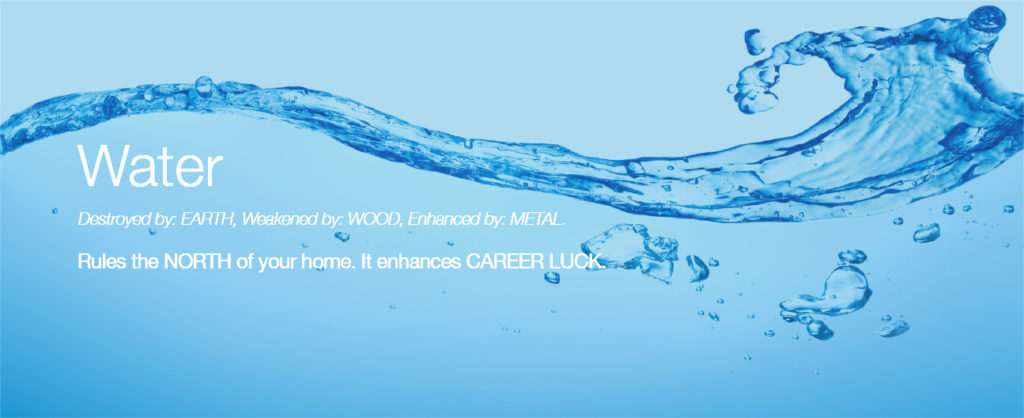
Feng Shui Element of Water
Represented by: Aquariums, Water Fountains, Blue and Black color, and number 1.
The water energy in the north brings CAREER luck. It ensures that you dont loose your job, your lifestyle and you have a meaningful job that challenges you and gives you happiness.
TO ACTIVATE CAREER LUCK- You need to ask ” Which feng shui element creates water?” Metal. So you hang wind chimes in the north or place a metal turtle. The tingling sound of metal on metal will bring you good career luck. Because its metal that creates water.
You can also place a water fountain since it carries water energy.
If you are eyeing that promotion at work or looking to find your dream job then this sector must be enhanced.
If you have a toilet or a kitchen in north it flushes down all your career luck. You need to suppress the bad water energy. You need to ask “what will exhaust water?” Wood. So you place lush green and healthy plants to weaken the bad water energy there.
The Wood energy from lush green plant will keep the bad water energy under control. And then energise the area outside the toilet which is still the north.
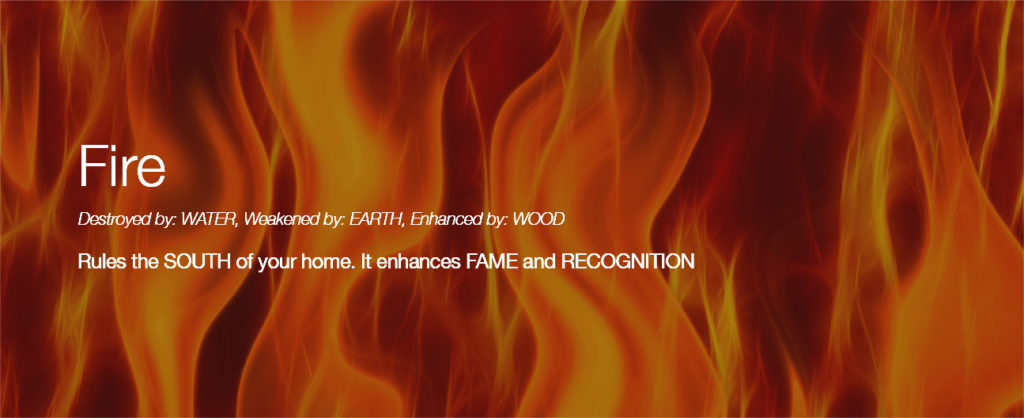
Feng Shui Element of Fire
Represented by : BRIGHT LIGHTS, RED COLOR and the number 9.
The fire energy in the south brings FAME. It ensures you bring a good name to your family. You wanna be in the news for all the right reasons not the wrong ones.
To ATTRACT FAME LUCK- You need to ask yourself ” Which feng shui element creates fire energy?” Wood. So you place plants that are full of vigor and life and make sure they grow very healthy. This will bring you lots of fame, respect and recognition.
If you have a toilet in the south flushes down the luck of promotion, respect and recognition. You need to suppress the bad fire energy. You dont have to destroy it with water. You simply exhaust it with Earth element.
So you put some pebbles or crystals in a bowl of water.This will ensure that toilet does not flushes down the luck of promotion, respect and recognition.
Kitchen already has fire energy so in south it will double the fire so you need to destroy it with water energy. Place an urn of water in a bowl to destroy the bad fire energy.
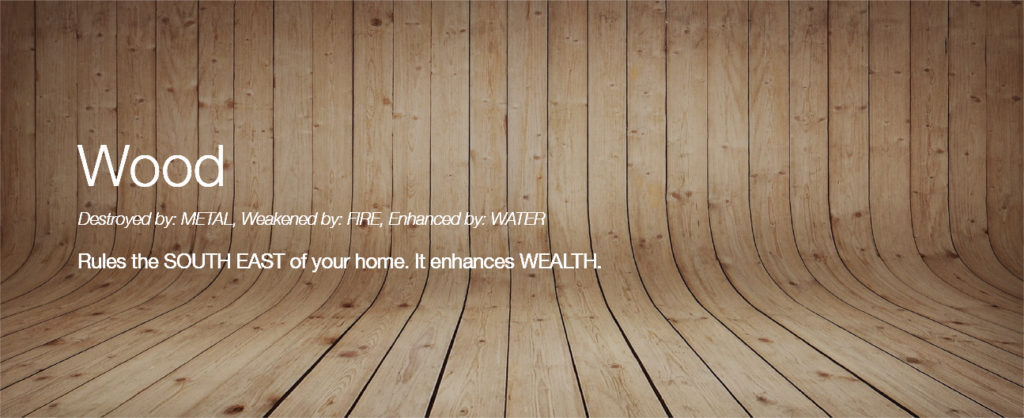
Feng Shui Element of WOOD
It enhances WEALTH, also rules the EAST of your home. It enhances FAMILY AND HEALTH.
Represented by : Lush Plants, Green Color and The Number 3 (South East), 4(East)
Wood element represents growth. In the south east it enhances your wealth and accumulation of assets so that your net worth grows. It also ensures that you dont get poorer over the years. In the East the wood element enhances your health and longevity. This makes you full of vigor, vitality and you have a healthy body, mind and spirit.
TO ATTRACT WEALTH AND HEALTH LUCK- In the south east and east what you really need is water because water nurtures wood energy. You can have a pond or a pool or an aquarium or picture of waterfall. Also blue color. But remember Water in the bedroom is not good feng shui. You can activate the south east or east of living room or your home.
Toilets and Kitchens in the South EAST and EAST- Kitchens and toilet in the south east and east disturb your health and wealth. What you really need here is bright lights. The fire energy of the bright lights or red light or the red color will weaken the bad wood energy. And then you can add good wood energy in your home outside the toilet or kitchen in the south east or east.
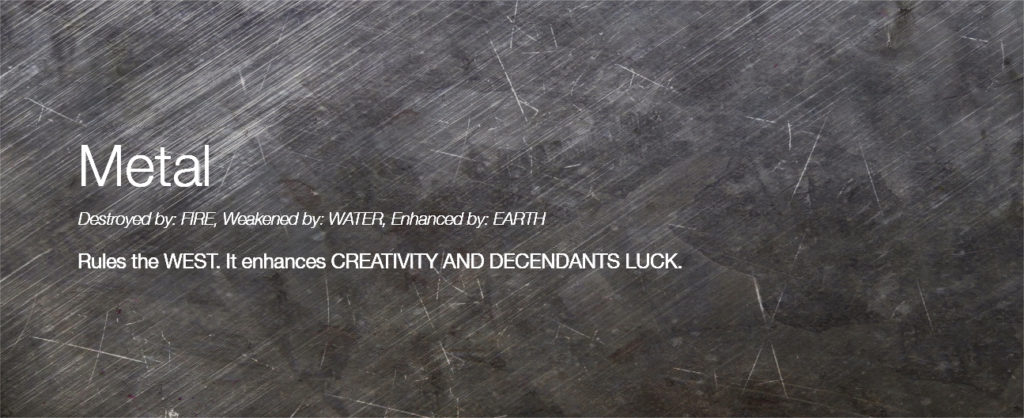
Feng Shui Element of Metal
Represented by: Tv, Music system, Wind chimes, Gold and Silver Colors, NUMBER 6 (NW), 7(W),
Metal energy in the west ensures governs your children luck, ensures you have lovely children and you dont have problems in conceiving. It not only promotes fertility but also enhances your creativity, self-expression and artistic abilities.
In the Northwest metal energy brings you good heaven luck coming into your life in the form of powerful people, helpful people and friends who come to help you. It also governs your travel luck.
To ATTRACT CREATIVITY LUCK AND DESCENDANTS LUCK- To attract creativity luck or if you have trouble in conceiving a child then you need to place pink crystal lotus. The earth energy of the crystal will create metal energy in the west.
TO ATTRACT TRAVEL LUCK AND HELPFUL PEOPLE- If you want to travel the world or want to attract helpful and powerful people in your life then you must bring earth element here in the form of earthen pots or crystals or wind chimes. You can also place your television or music system here as they also have metal energy.
Toilets and kitchen in north west and west- Toilets and Kitchens in the west can destroy your plans to have childrens. And in the north west it destroys heaven luck and the luck of helpful people. You need to ask yourself what will exhaust bad metal energy? WATER.
So place a urn of water in your toilet and kitchen and then activate the north west or west corner of your home outside the toilet or kitchen.
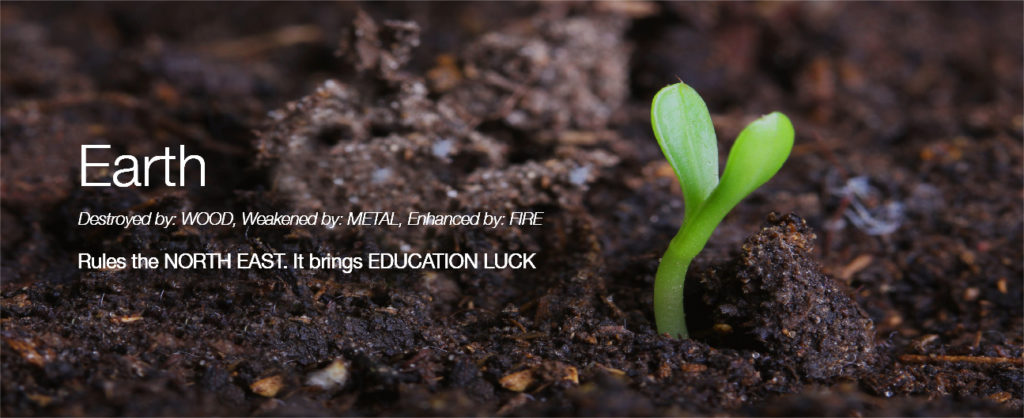
Feng Shui Element of Earth
rules the CENTER.
Represented by : Pebbles, Crystals, Earthern Pot, SKIN TONE COLORS (Brown, yellow, pink,
Numbers 2 (SW), 5 (NE), 8 (CENTER)
The north east and the south west form the earth axis of your home. Earth element in the south west brings romance luck missing from your love or married life. In the north east it brings good education luck for those who are still in college or school.
TO ATTRACT ROMANCE LUCK- If you are keen to find your snow white or your prince charming its very important to activate the romance luck in south west of your home or bedroom. You can do that by placing symbols of love and romance like dragon and phoenix, crystal heart, pair of mandarin ducks. Keep them in crystals because crystals have earth energy.
TO ATTRACT EDUCATION LUCK- Place a crystal globe in the north east of your bedroom. The earth energy of the crystal globe will help you shine in your examinations. You should also have bright lights in the north east corner. The fire energy will create more earth energy.
Toilets and kitchens in the north east and south west- You need to weaken the bad earth energy with metal energy. So hang windchimes in the toilets and kitchen. That will weaken the bad earth energy and then you can wake up the good earth energy in the south west and north east.
Feng Shui Color Principles
RED
PINK
PURPLE
BLUE
GREEN
YELLOW
ORANGE
BROWN
BLACK
WHITE
